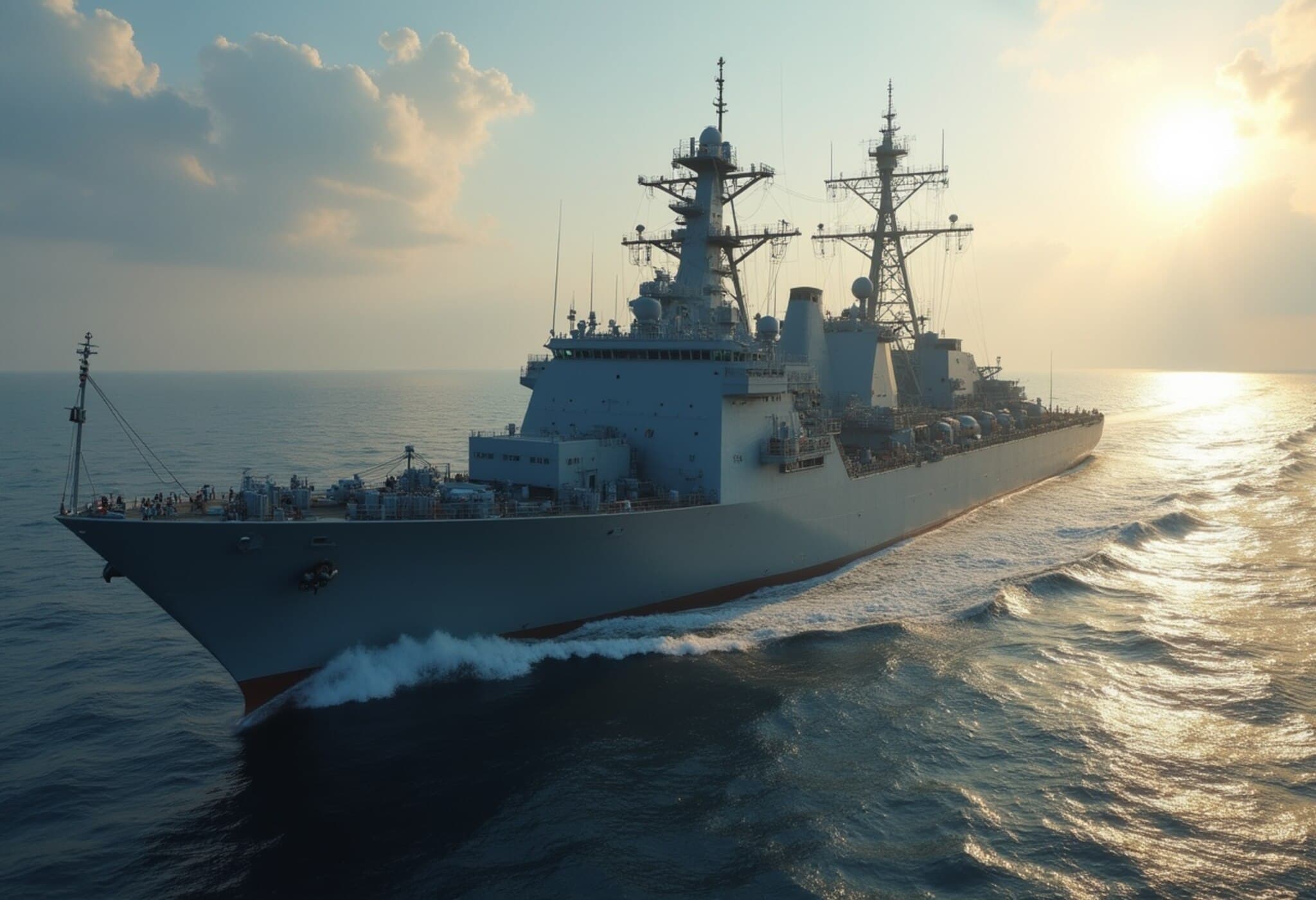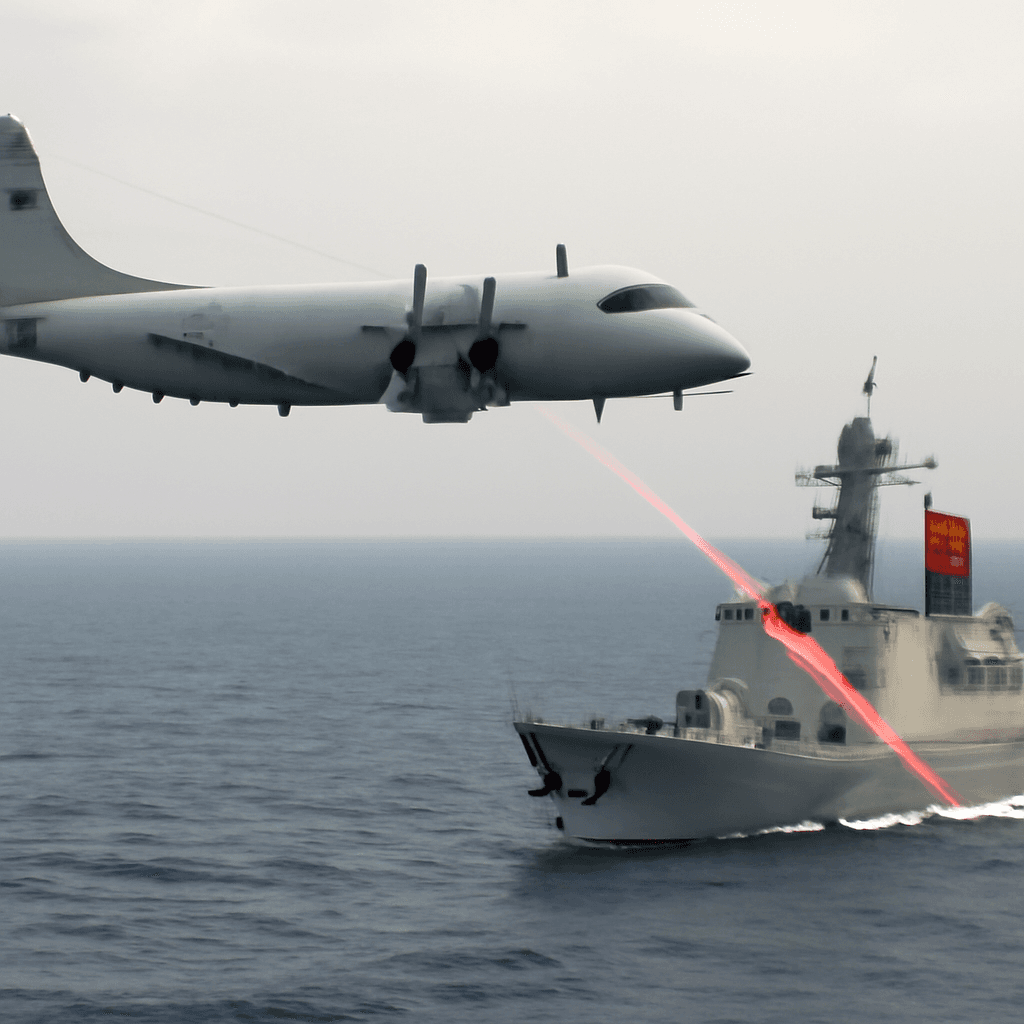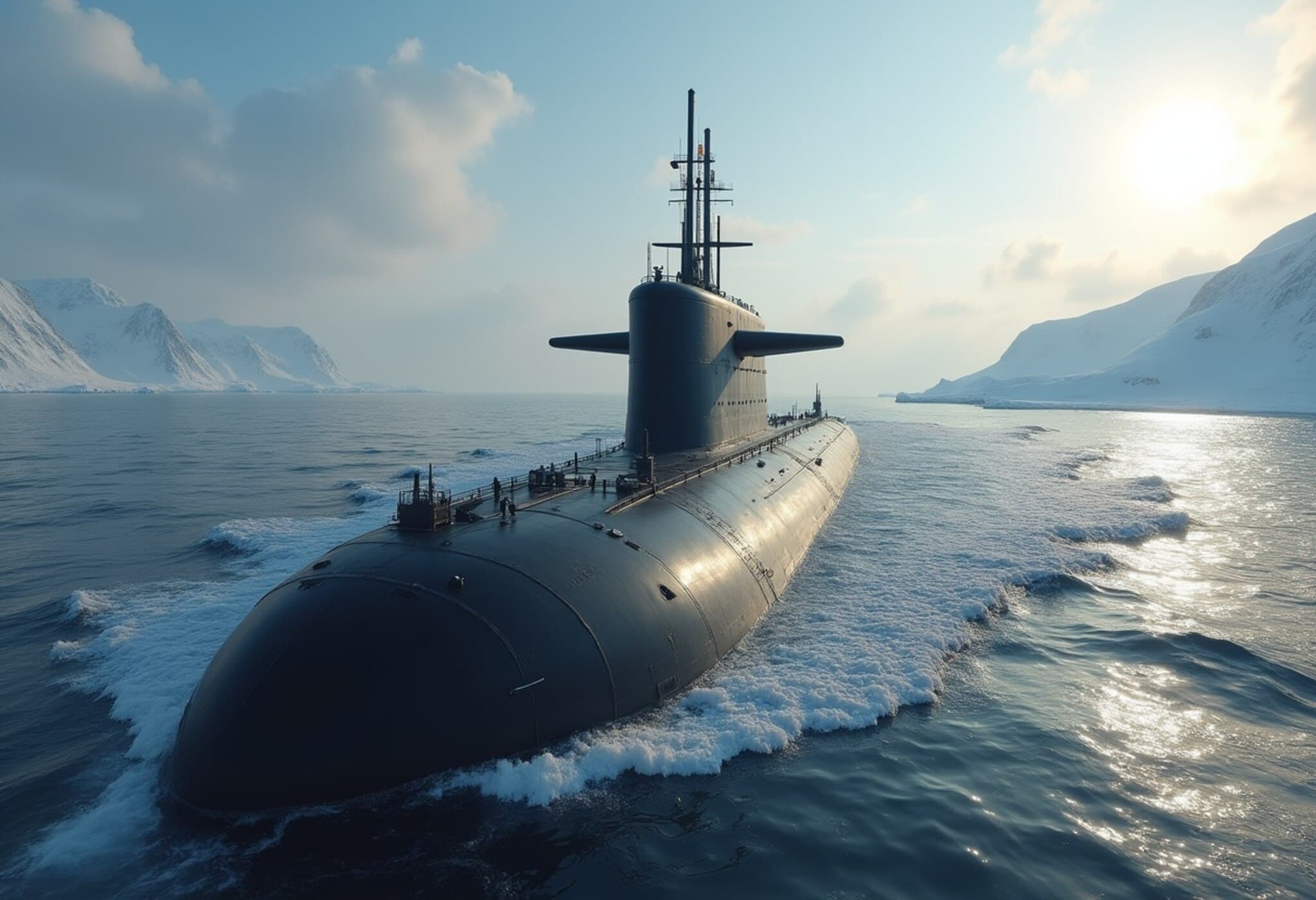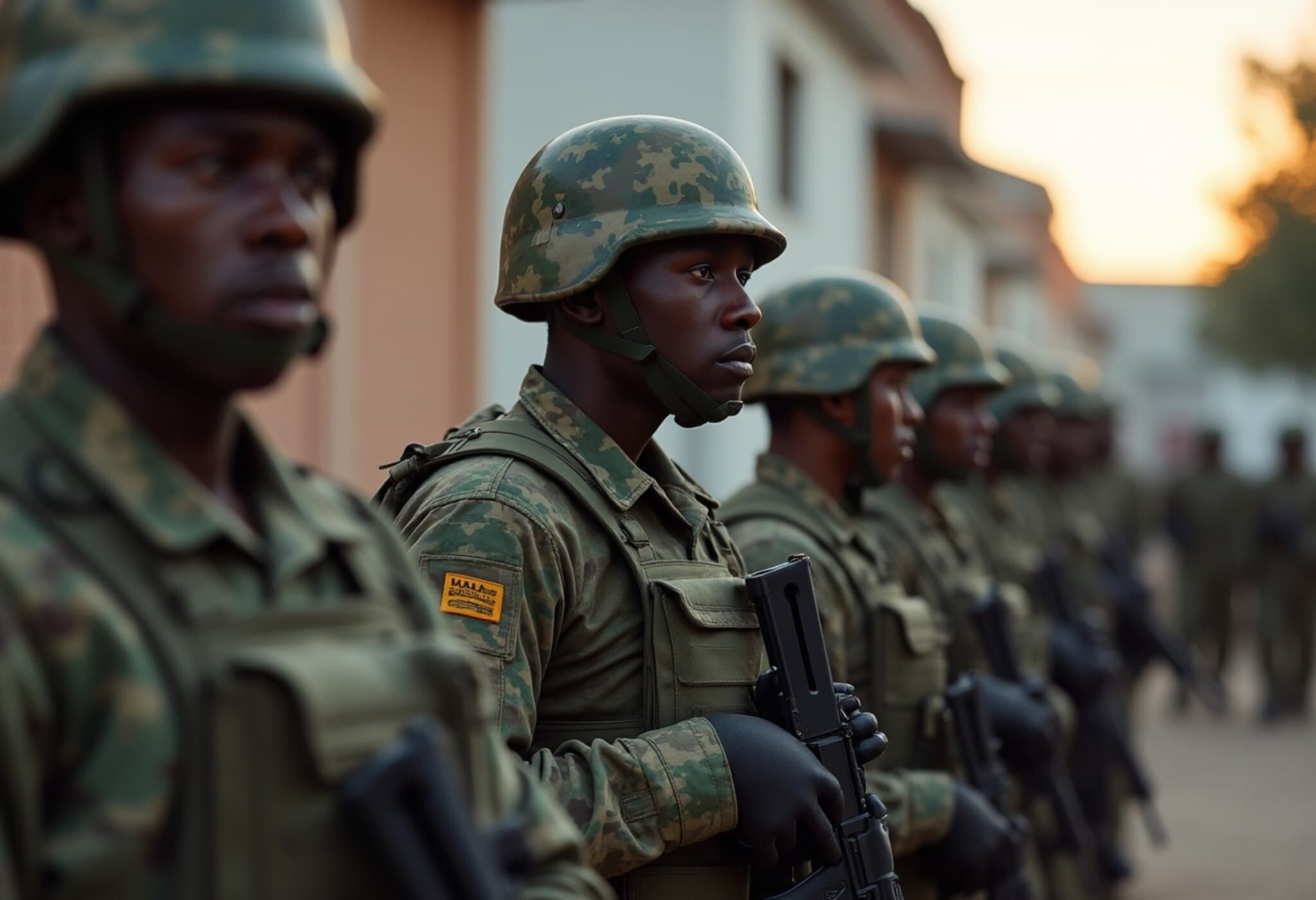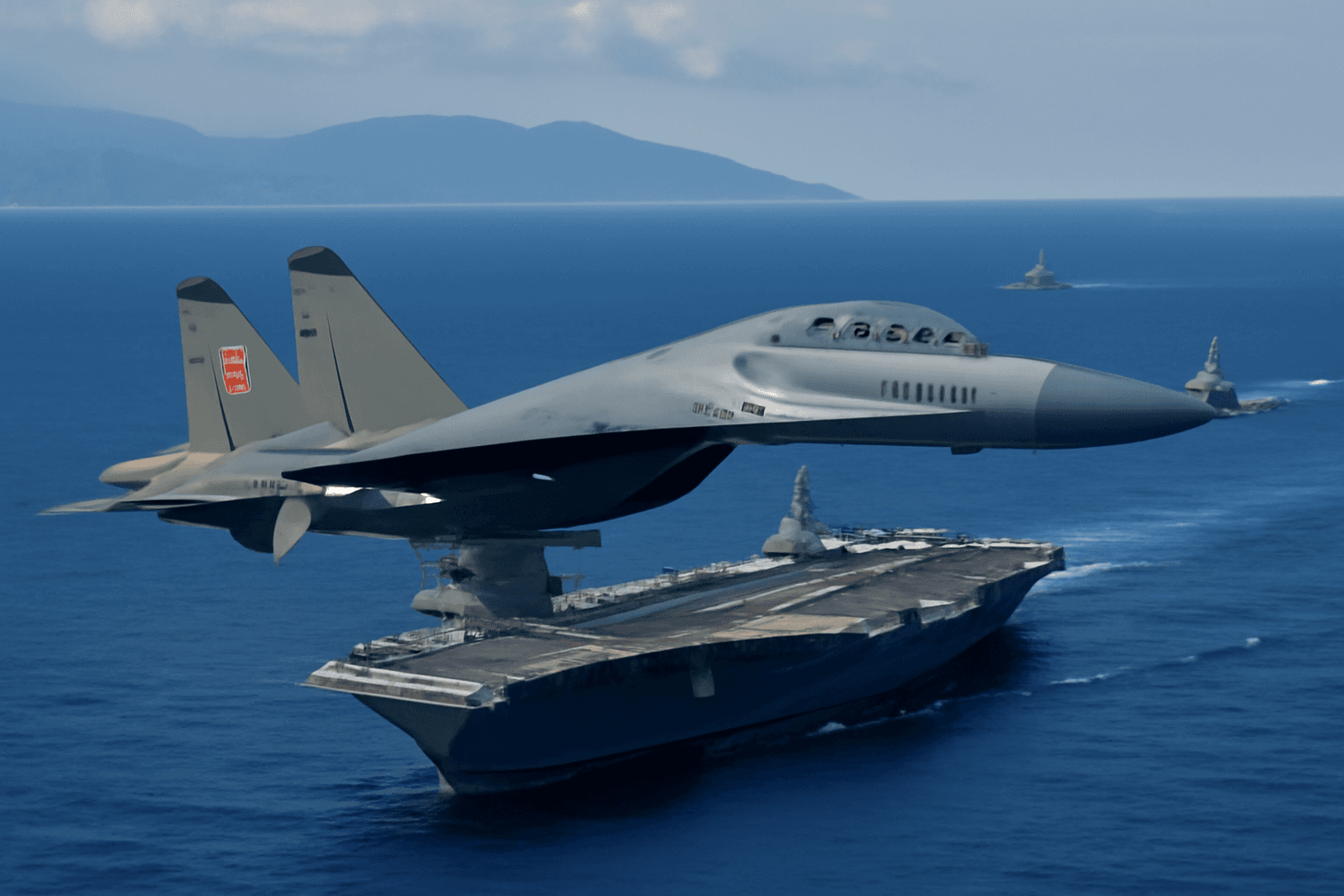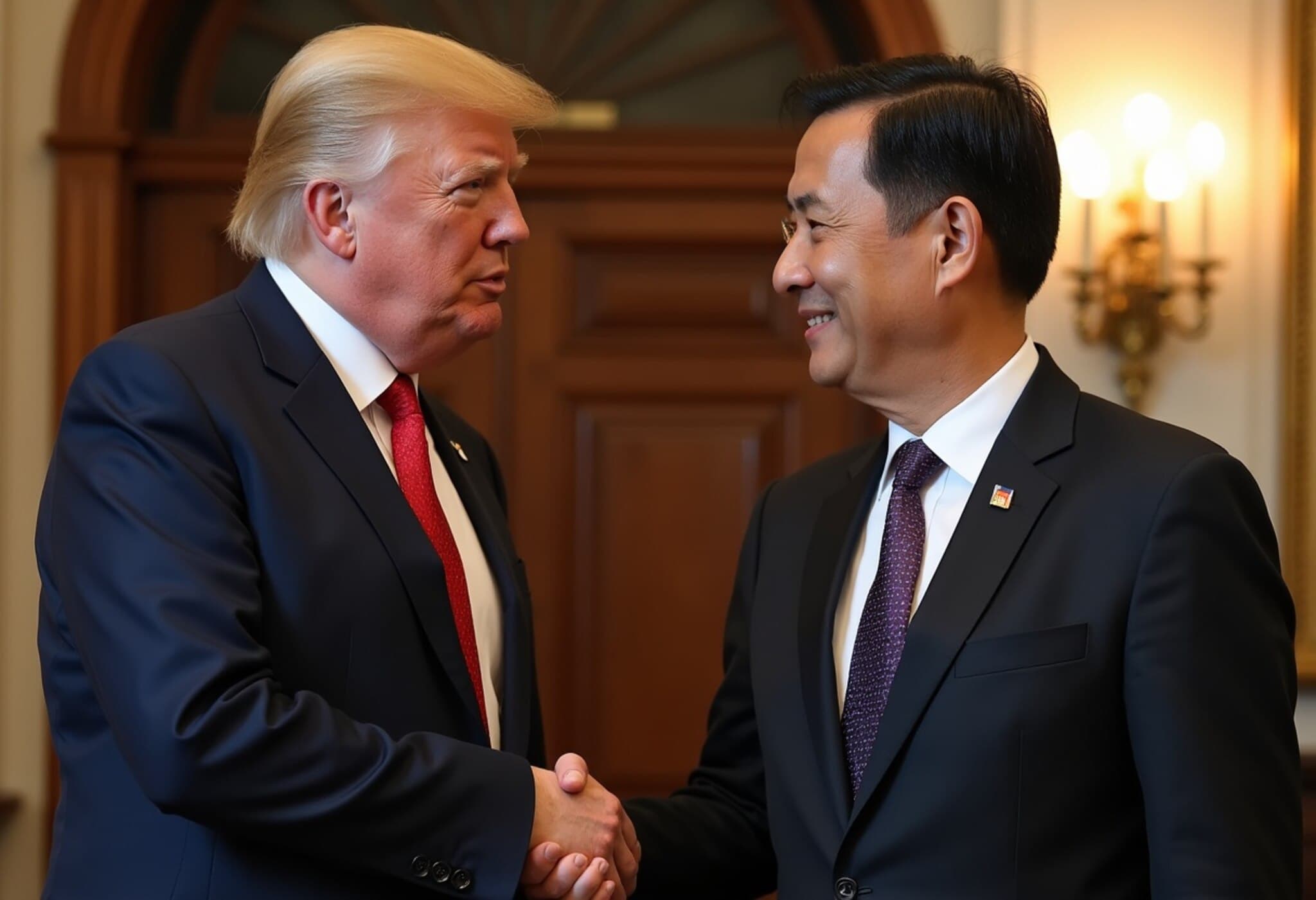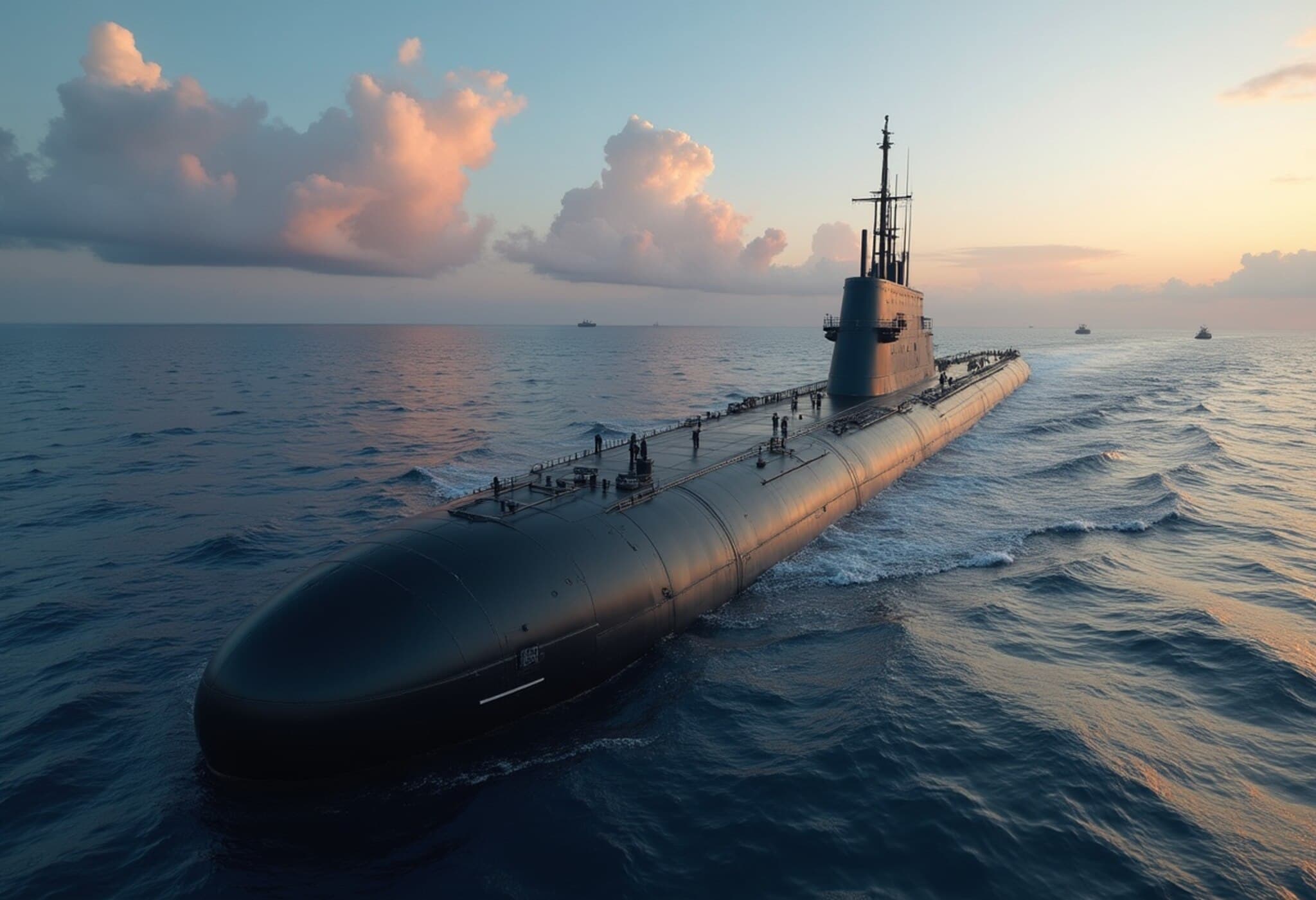China's Military Exercises in the Pacific Surge by Nearly 40%, Taiwan Reveals
In a startling development that underscores rising tensions in the Indo-Pacific, Taiwan’s defense authorities estimate that China spent approximately $21 billion on military exercises in 2024—a nearly 40% increase compared to the previous year. This substantial rise reflects heightened activity in the Taiwan Strait, East and South China Seas, and the broader Western Pacific region.
Breaking Down the Numbers: Where China is Allocating Resources
The Taiwanese assessment, based on meticulous tracking of Chinese aircraft sorties and naval operations alongside projected costs for fuel, maintenance, and personnel, offers a rare glimpse into Beijing's operational spending—an area China keeps deliberately opaque.
- Military Flights: Chinese aircraft, including J-10 fighter jets, H-6 bombers, and unmanned drones, undertook almost 12,000 sorties over the region, totaling around 37,000 flight hours. This marks a soaring 30% increase from 2023.
- Naval Activity: The Chinese navy conducted over 86,000 voyages, accumulating more than 2 million hours at sea—a significant 20% jump from the previous year.
- Geographical Focus: About 34% of naval movements took place in the highly contested South China Sea, 28% in the East China Sea near Japan and South Korea, and nearly 14% within the sensitive Taiwan Strait.
Strategic Implications: The ‘First Island Chain’ and Beyond
Experts and Taiwanese officials highlight that China’s aggressive military posturing aims to normalize its presence and military projection across the First Island Chain—a strategic arc stretching from Japan through Taiwan, the Philippines, to Borneo. This zone critically encloses China’s coastal waters and the disputed South China Sea, raising alarms about regional stability.
“They are not just demonstrating strength; they’re embedding it into routine operations to intimidate and assert dominance,” said a Taiwanese official familiar with the analysis. The research further notes China’s expanding naval reach, including anti-piracy operations near Somalia and increased activity near Alaska—underscoring China’s intent to extend its maritime influence even into the northern Pacific.
Reconciling Official Figures With Ground Realities
China officially allocated 1.67 trillion yuan (about $233 billion) for defense in 2024. Yet, many international observers suspect actual spending is significantly higher. Furthermore, Beijing publishes scant details on how this budget is distributed across operations, procurement, and personnel.
Taiwan’s intelligence-driven cost estimation methodology, while inherently involving some assumptions, is considered credible by defense analysts. By calculating consumable costs like fuel per operational hour for air and naval units, it creates a pragmatic lens into China’s incremental military expansion that often escapes international scrutiny.
Regional and Global Consequences
Taiwan’s Defense Ministry condemned Beijing’s growing military footprint as “seriously undermining peace and stability in the Indo-Pacific.” For Washington and allied nations, the implications are profound: increased Chinese military exercises amplify risks of miscalculation in a densely contested theater where geopolitical fault lines are already fragile.
Moreover, Taiwan’s estimated expenditure on countering these incursions—around a quarter of its own entire defense budget—illustrates the immense economic burden smaller states face from China's assertiveness.
Editor’s Note: Navigating Uncharted Waters
China’s steady military ramp-up in the Indo-Pacific raises critical questions beyond raw numbers. How will sustained pressure reshape regional alliances, economic supply chains, and the security calculus of the US and its partners? Taiwan’s intelligence efforts provide a window into Beijing’s ambitions, but the fog of strategy and misinformation persists.
For policymakers and citizens alike, this evolving scenario demands vigilance, robust intelligence cooperation, and nuanced diplomacy to prevent escalation and preserve stability in one of the world's most consequential regions.

